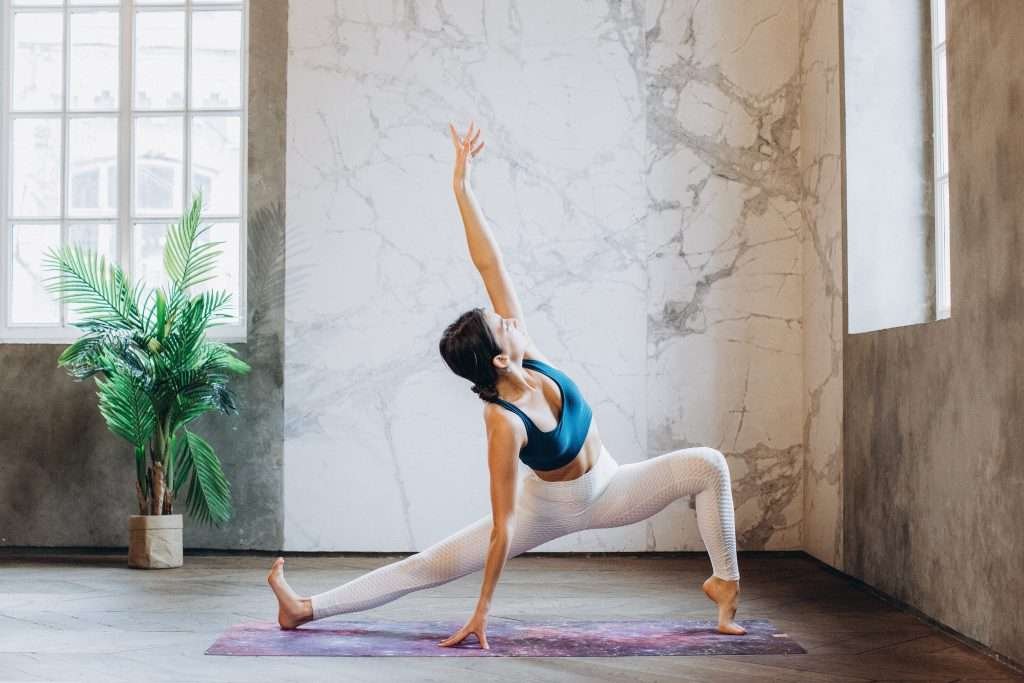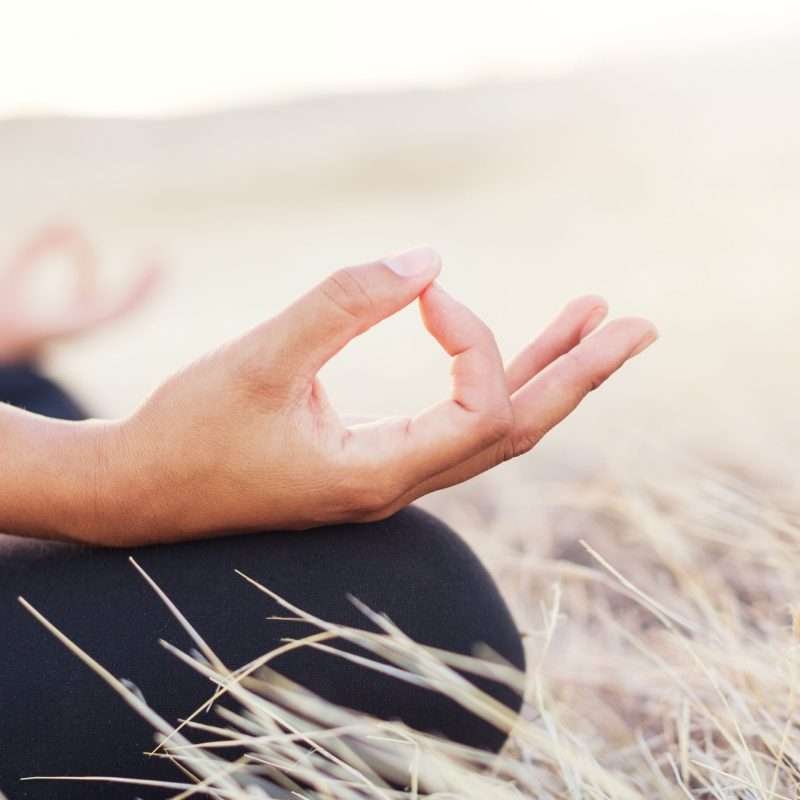Breathing Life into Your Practice with Pranayama: The Art of Conscious Breathwork
In the rhythmic dance between the body and the breath, the essence of yoga comes alive. Breath, or “pranayama,” is more than the mere act of inhaling and exhaling; it is the thread that weaves through every posture, every movement, and every moment on the mat. In this exploration of conscious breathwork, we delve into the profound impact that intentional breathing can have on your yoga practice, unlocking a gateway to enhanced mindfulness, inner peace, and overall well-being.
The Essence of Pranayama in Yoga

The practice of yoga places a profound emphasis on the unity of breath and movement. As you flow through asanas, the breath acts as a guide, a constant companion that anchors you to the present moment. Conscious breathwork extends beyond the physical; it is a gateway to a deeper connection with oneself, a transformative journey into the essence of being.
The term “pranayama” translates to “control of life force” in Sanskrit, with “prana” meaning life force or vital energy, and “yama” referring to control or regulation. Rooted in ancient yogic philosophy, pranayama is a foundational aspect of the eight limbs of yoga outlined by Patanjali in the Yoga Sutras. It encompasses a diverse range of breath control techniques aimed at harnessing and directing the flow of prana throughout the body.
Historically, pranayama has been practiced for centuries, with its roots deeply embedded in Vedic and Hindu traditions. Yogic sages and practitioners believed that mastering the breath could influence both the physical and energetic aspects of the self, leading to profound states of awareness and spiritual awakening.
There are various pranayama techniques, each serving unique purposes. Ujjayi breath, for example, creates a soothing oceanic sound, promoting concentration and warmth. Nadi Shodhana, or alternate nostril breathing, seeks to balance the body’s energy channels, fostering harmony and mental clarity. Kapalabhati, often referred to as “skull-shining breath,” is an invigorating technique that involves forceful exhales through the nose to cleanse and energize the body.
These techniques, which we will explain in more detail later on, offer practitioners a diverse toolkit for exploring and enhancing their breath control, contributing to a more profound and holistic yoga experience.
Benefits of Conscious Breathwork, or Pranayama
As briefly mentioned above, different types of Pranayama, or breathwork, hold different purposes and therefore benefits. Generally speaking, conscious breathing in your yoga practice can benefit the following aspects.
1. Mind-Body Harmony:
Conscious breathwork cultivates a harmonious relationship between the mind and the body. By directing your attention to the breath, you create a bridge that unites these two aspects of your being. This union fosters a state of mindfulness, where each inhalation and exhalation becomes a meditation in motion. The synchronization of breath and movement in yoga postures enhances the mind-body connection, creating a seamless flow that elevates the overall yoga experience.
2. Stress Reduction and Relaxation:
The breath serves as a powerful tool for stress reduction. Through intentional breathwork, you activate the parasympathetic nervous system, signaling the body to relax and unwind. As the breath deepens, tension melts away, paving the way for a more serene and tranquil practice. Beyond the mat, the ability to invoke a calm and relaxed state through conscious breathing becomes a valuable coping mechanism in navigating the challenges of daily life.
Read more about Pranayama and Stress Relief in our article on using Yoga For Stress Relief.
3. Enhanced Focus and Concentration:
Conscious breathwork sharpens the mind, enhancing focus and concentration during your practice. By synchronizing breath with movement, you enter a state of flow, where each pose unfolds with grace and precision. This heightened awareness extends beyond the mat, enriching your daily life with increased mental clarity. As distractions fade away, you become fully immersed in the present moment, cultivating a profound sense of attentiveness.
Ujjayi Pranayama – also known as Yogic breath, Victorious breath, or Ocean breath – is one of the most common forms of Pranayama, often used in Ashtanga and Vinyasa yoga classes. In our article Victorious Breath: A Guide to Ujjayi Pranayama in Yoga, we explain what it is, how to practice it and some tips to get the sound right.
4. Emotional Release and Self-Exploration:
The breath is a conduit for emotional release and self-exploration. As you breathe consciously, you invite a gentle inquiry into your inner landscape. Unprocessed emotions may surface and dissolve with each breath, creating space for healing and self-discovery. Through this cathartic process, practitioners often find that conscious breathwork becomes a therapeutic tool, allowing them to navigate and release emotional energies, promoting a more balanced and centered emotional state.
5. Improved Respiratory Health:
Engaging in conscious breathwork strengthens the respiratory system, improving lung capacity and promoting overall respiratory health. Deep diaphragmatic breathing encourages a fuller exchange of oxygen and carbon dioxide, enhancing the efficiency of the respiratory process. This not only supports physical well-being but also contributes to sustained energy levels, promoting endurance throughout the entirety of your yoga practice.
Different Pranayama techniques will highlight different benefits, but as a whole, pranayama is an important limb of the eight limbs of yogic lifestyle and can truly transform the practice of yoga, on and off the mat.
Engaging in conscious breathwork strengthens the respiratory system, improving lung capacity and promoting overall respiratory health. Deep diaphragmatic breathing encourages a fuller exchange of oxygen and carbon dioxide, enhancing the efficiency of the respiratory process. This not only supports physical well-being but also contributes to sustained energy levels, promoting endurance throughout the entirety of your yoga practice.
Different Pranayama techniques will highlight different benefits, but as a whole, pranayama is an important limb of the eight limbs of yogic lifestyle and can truly transform the practice of yoga, on and off the mat.

Incorporating Conscious Breathwork into Your Practice
After discussing the numerous benefits, we will now explain a few Pranayama techniques and their execution in detail. These can be incorporated into your physical yoga Asana practice or practiced on their own.
1. Diaphrgamatic Breathing (Deep Belly BreatH)
Start with a foundation of breath awareness. Inhale deeply through the nose, allowing the breath to expand the chest and abdomen. Exhale slowly and completely, releasing any tension. You can slowly focus on inhaling to fill up the belly and releasing the air and the belly on the exhale. This technique is known as Belly Breath and is actually a very natural way of breathing for us.
Belly breathing promotes relaxation, reduces stress, and enhances lung capacity. It is generally considered a very gentle and safe Pranayama exercise that is suitable for everyone. Belly breathing is a good start to creating breath awareness.
2. Full Yogic Breath
Full Yogic Breath is also known as three-part breath, as it aims to utilize the full capacity of the lungs by focusing on drawing the breath into three parts. The technique involves inhaling deeply to first fill up the belly, then the lungs and chest, and finally the top of the lungs toward the collarbones. The shoulders may even lift slightly. As you exhale, aim to exhale in the reverse order. First, the shoulders soften and collarbones relax. Then you empty the lungs and chest as the ribcage comes together. Finally, the air is expelled from the belly and the belly draws slightly in.
Full Yogic Breath is a good exercise to practice before or after your Asana practice. Practice it for a few rounds and slowly increase the time as you become more comfortable. Benefits of the Full Yogic Breath include maximizing the lung capacity, promoting relaxation, and balancing the nervous system.
3. Sama Vritti (Equal Breathing)
Sama Vritti can be one of the first Pranayama exercises for you to incorporate in combination with your Asana practice. Sama Vritti translates to “equal breathing”. Its goal is make the inhalations the same lengths as the exhalations.
Start in a seated position and inhale for a count of four, then exhale also for a count of four. As you become comfortable with this kind of breathing, you can start to add movements and Asanas (postures) while keeping that same steady breath. Cultivating a steady and even breath, lays the groundwork for more advanced breathwork techniques. Sama Vritti Balances the nervous system, promotes relaxation, and improves breath control.
4. Ujjayi Breath

Known as the “victorious breath,” Ujjayi involves inhaling and exhaling through the nose while slightly constricting the back of the throat. The resulting sound is reminiscent of ocean waves. Ujjayi breath enhances focus, warms the body, and deepens the meditative aspects of your practice.
Ujjayi is considered an audio-meditative tool due to the sound that it creates. This sound allows the mind to focus on the breath and step out of the thinking mind, therefore creating a meditative state. Ujjayi is a foundational and common Pranayama, practiced in most yoga styles and classes.
Read all about Ujjayi Pranayama HERE. For a free video tutorial on How To Practice Ujjayi Pranayama, you can sign up HERE for FREE to our Online Wellness Library!
5. Nadi Shodhana (Alternate Nostril Breathing)
Nadi Shodhana is a balancing breath technique that involves inhaling and exhaling through alternate nostrils. This practice harmonizes the left and right hemispheres of the brain, promoting balance and calmness.
Nadi Shodhana is a fairly simple breathwork practice available to most level of practitioners. It is usually practiced before or after a yoga Asana practice, or on its own.
6. Kapalabhati (Skull-Shining Breath)
Kapalabhati is an invigorating and cleansing breath technique. To practice Kapalabhati, sit comfortably with an upright spine. Take a deep inhale through your nose, and as you exhale, contract your abdominal muscles forcefully, allowing the inhalation to occur naturally. The emphasis is on the exhalation, which is quick and powerful through the nose. Follow this with a passive inhalation. Repeat this cycle for about 30 seconds to a minute, gradually increasing the duration as you become more accustomed.
Kapalabhati is known to increase lung capacity, clear the respiratory system, and invigorate the entire body. As a dynamic form of breathwork, it generates heat in the body, making it an excellent technique to energize your practice. However, it’s important to approach Kapalabhati with awareness and avoid it if you have high blood pressure, heart conditions, or if you are pregnant.
7. Breath Awareness in Asanas
Infuse consciousness into each pose by maintaining a steady and intentional breath. Explore how the breath can guide the depth of your stretches, the stability of your balances, and the surrender in your releases. Also explore using your breath as a means to quieten the mind, enter challenging poses, and as an object of concentration that you can return to at any point in the practice.

If you are interested in reading more about how to successfully integrate yoga into your daily life – whether it is Asana or Pranayama – check out our article with 5 tips here.
Contraindications
While Pranayama offers numerous benefits, it is important to practice these techniques with caution and awareness of any contraindications. While some Pranayama exercises are generally safe for everyone, such as Diaphragmatic Breath (Belly Breathing) or Sama Vritti (Equal Breathing), others should be refrained from in certain situations.
- Pregnancy: Certain techniques, such as Kapalabhati, should be avoided during pregnancy.
- Hypertension: Individuals with high blood pressure should avoid forceful breathing exercises, such as Kapalabhati and Bhastrika.
- Respiratory Conditions: Those with asthma, bronchitis, or other respiratory issues should practice under the guidance of a qualified instructor, but many Pranayama exercises can also be beneficial to improve symptoms.
- Recent Surgery: Avoid intense Pranayama practices if you have recently undergone surgery, especially abdominal or thoracic.
To be sure, you can always check in with your healthcare professional before engaging in any Pranayama exercises. Generally speaking, you know your body best. Avoid forcing your breath in Pranayama and keep it to a comfortable level. If you experience dizziness, shortness of breath or discomfort, stop your Pranayama practice and return to a natural breath.
Final Thoughts
Conscious breathwork is a transformative practice that breathes life into every aspect of your yoga journey. As you embrace the art of intentional breathing, you invite a deeper connection with your body, mind, and spirit. Through each breath, discover the power to deepen your practice, fostering a sense of inner peace and mindfulness that extends far beyond the mat.
Join our Boho Flow Online Wellness Library for all things well-being and self-care! We provide you with tools on and off the yoga mat from guided Meditations, to Pranayama video tutorials, free e-Books, and more.




